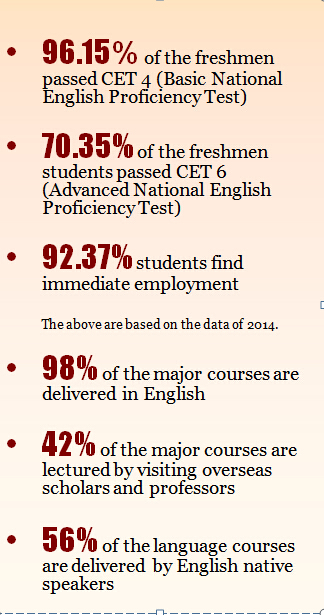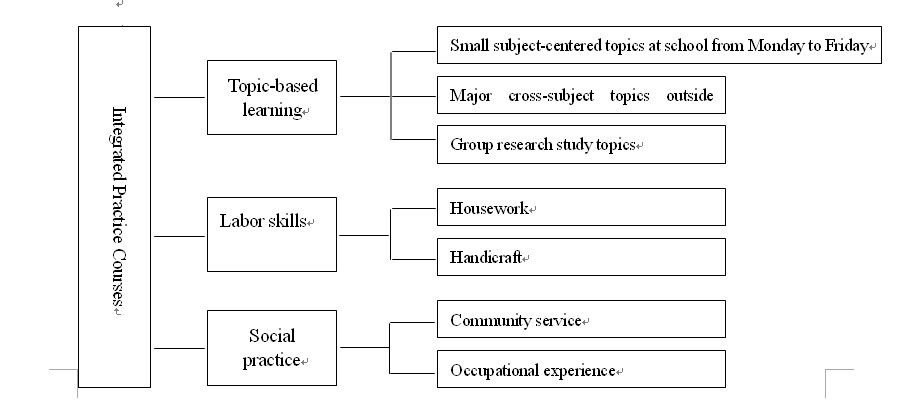Understanding the Process: How Do Federal Student Loans Work for College Students?
#### How Do Federal Student Loans WorkFederal student loans are a crucial financial resource for many students pursuing higher education in the United State……
#### How Do Federal Student Loans Work
Federal student loans are a crucial financial resource for many students pursuing higher education in the United States. Understanding how these loans function is essential for students to make informed decisions about financing their education. Here, we will explore the various aspects of federal student loans, including the types available, the application process, repayment options, and important considerations.
#### Types of Federal Student Loans
There are several types of federal student loans available to students, each designed to meet different needs. The most common types include:
1. **Direct Subsidized Loans**: These loans are available to undergraduate students who demonstrate financial need. The government pays the interest on these loans while the student is in school at least half-time, during the grace period, and during deferment periods.
2. **Direct Unsubsidized Loans**: Unlike subsidized loans, these are available to both undergraduate and graduate students regardless of financial need. However, the borrower is responsible for paying all the interest, which begins accruing immediately upon disbursement.
3. **Direct PLUS Loans**: These are available to graduate students and parents of dependent undergraduate students. They can help cover the remaining costs of education after other financial aid is applied. However, a credit check is required, and borrowers must be responsible for all interest accrued.

4. **Direct Consolidation Loans**: This option allows students to combine multiple federal student loans into a single loan, which can simplify repayment by providing a single monthly payment.
#### Application Process for Federal Student Loans
To apply for federal student loans, students must complete the Free Application for Federal Student Aid (FAFSA). This form collects financial information to determine eligibility for federal aid, including grants, work-study, and loans. The FAFSA can be completed online and should be submitted as early as possible to maximize financial aid opportunities.
Once the FAFSA is processed, students will receive a Student Aid Report (SAR) that outlines their eligibility for federal loans. Schools will then provide financial aid packages that detail the types and amounts of aid offered, including federal student loans.
#### Repayment Options

Understanding repayment options is crucial for managing federal student loans effectively. Federal student loans offer several repayment plans, including:
1. **Standard Repayment Plan**: This plan involves fixed monthly payments over a 10-year period.
2. **Graduated Repayment Plan**: Payments start low and gradually increase, typically every two years, over a 10-year term.
3. **Income-Driven Repayment Plans**: These plans adjust monthly payments based on the borrower’s income and family size, making them more manageable for those with fluctuating incomes.
4. **Loan Forgiveness Programs**: Certain federal student loans may be eligible for forgiveness after a specified number of qualifying payments, particularly for those in public service careers.

#### Important Considerations
Before taking out federal student loans, students should carefully consider their financial situation and future career prospects. It's essential to borrow only what is necessary, as loans must be repaid with interest. Students should also stay informed about their loan servicer, repayment options, and any changes in federal student loan policies that may impact their obligations.
In conclusion, understanding how do federal student loans work is vital for students navigating the complexities of financing their education. By familiarizing themselves with the types of loans available, the application process, repayment options, and important considerations, students can make informed choices that align with their financial goals and educational aspirations.